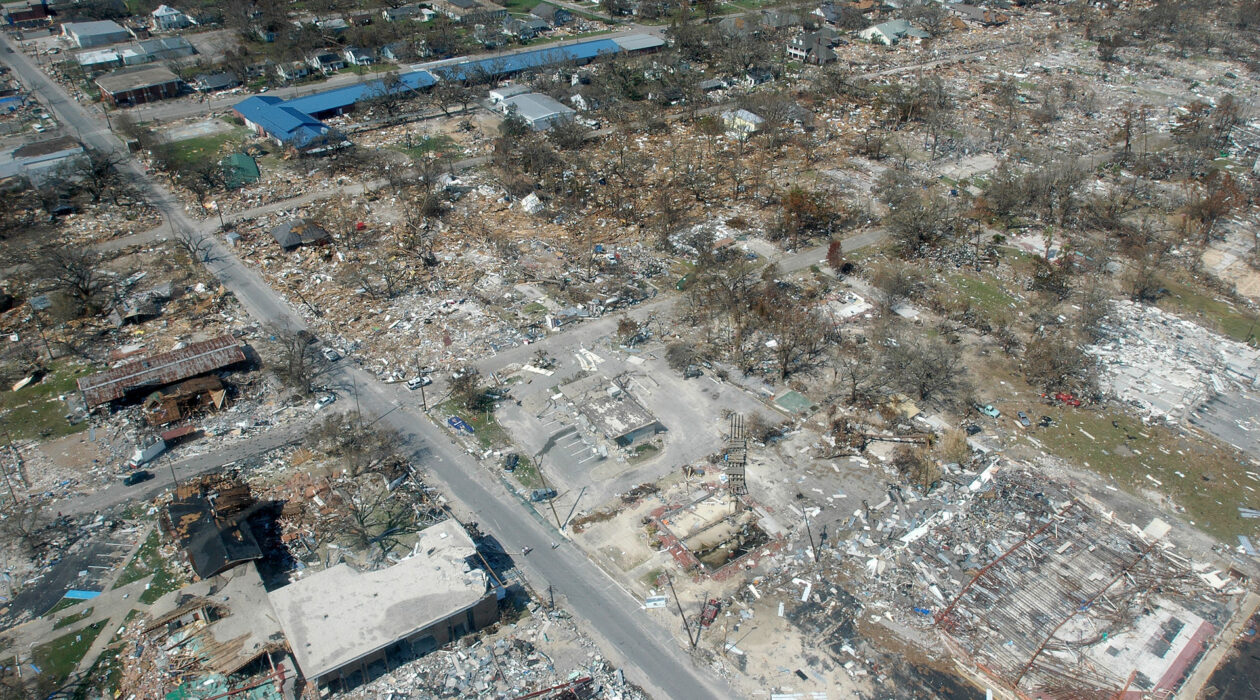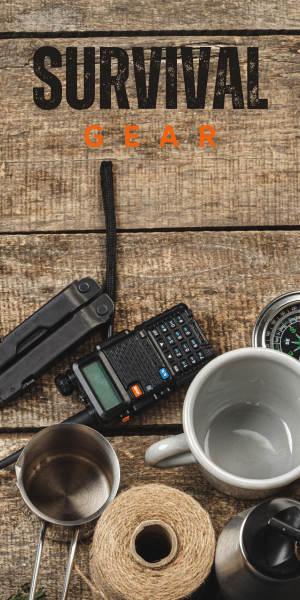In today’s unpredictable world, being prepared for emergencies isn’t just a precaution; it’s a necessity. This comprehensive guide delves into the critical aspects of emergency readiness, emphasizing why preparation is vital for individuals and families alike.
Understanding Emergency Readiness

Emergency readiness transcends the basic notion of stockpiling supplies; it’s a comprehensive mindset that involves proactive planning, knowledge acquisition, and adaptability to unforeseen circumstances. It’s crucial to understand that being prepared is not just about having a pantry full of food and a closet of emergency gear. True emergency readiness is about cultivating a thorough understanding of potential risks and developing the skills needed to respond effectively.
This approach starts with knowledge – being well-informed about the types of emergencies that are most likely to occur in your area, whether they’re natural disasters like hurricanes and earthquakes, or man-made crises like power outages and pandemics. It extends to planning – creating detailed emergency response plans tailored to these risks, including evacuation routes, communication plans, and shelter options.
Adaptability plays a key role in emergency readiness. It’s about being able to assess a situation quickly, make informed decisions, and adapt plans as situations change. This skill is crucial as emergencies often unfold in unpredictable ways. Therefore, regular drills and continuous education are vital components of a robust emergency preparedness strategy.
In essence, emergency readiness is a dynamic and ongoing process. It involves being mentally and physically prepared to face a range of challenges, ensuring the safety and well-being of oneself and loved ones in times of crisis.
The Risks of Being Unprepared
In the realm of emergency management, the phrase “failure to prepare is preparing to fail” holds poignant truth. History is replete with instances where the lack of emergency readiness led to catastrophic outcomes during natural disasters, power outages, and other crises. In these real-life scenarios, the absence of preparedness not only exacerbated the disaster’s impact but also left indelible marks on communities and individuals.
1. Hurricane Katrina: A Harrowing Example of Unpreparedness
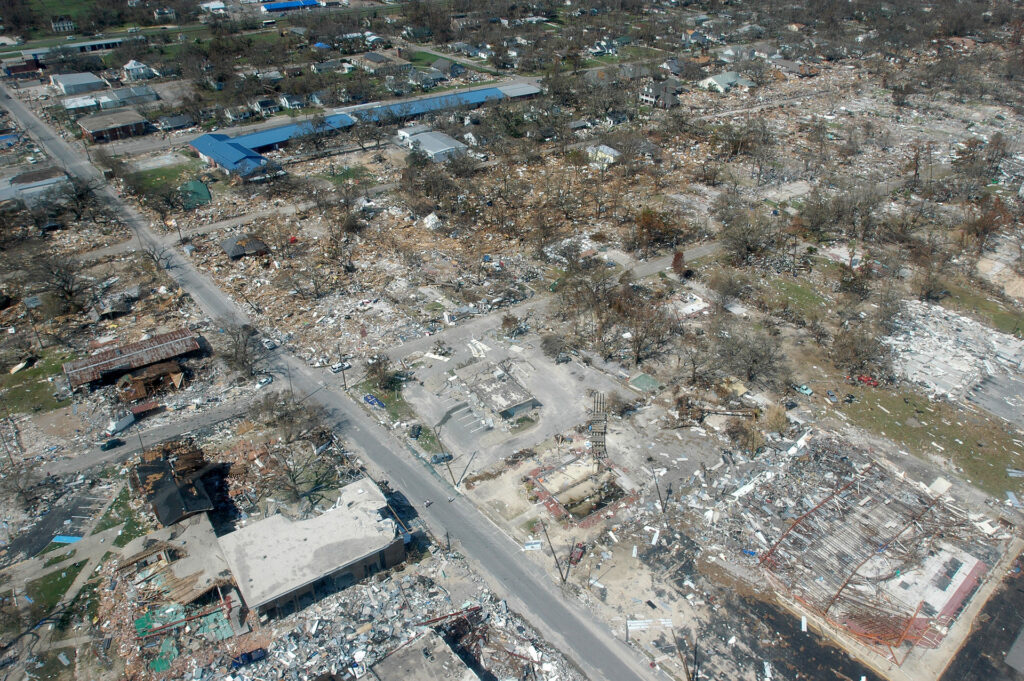
Perhaps the most infamous example of the consequences of inadequate preparation is Hurricane Katrina in 2005. The hurricane’s devastation in New Orleans was not solely due to the storm’s ferocity but also to a significant failure in emergency readiness. Despite warnings, the city’s levees were not fortified to withstand such a storm, leading to widespread flooding. Over 1,800 lives were lost, and thousands were displaced, showcasing the tragic outcome of unpreparedness. The disaster underscored the need for robust infrastructure and timely evacuation plans, highlighting how crucial emergency readiness is in mitigating disaster impacts.
2. The 2003 Northeast Blackout: A Power Outage Catastrophe
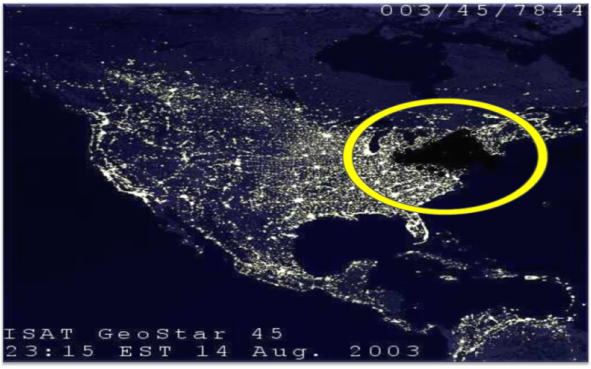
The 2003 Northeast Blackout in the United States and Canada, which affected over 50 million people, is another stark reminder of the importance of being prepared for unexpected emergencies. Critical services such as water supply, healthcare, and communication were disrupted, unveiling the vulnerabilities in the power grid and emergency response systems. The lack of emergency kits and backup power sources in homes and essential facilities turned what could have been a manageable situation into a logistical nightmare.
3. The Great East Japan Earthquake and Tsunami of 2011
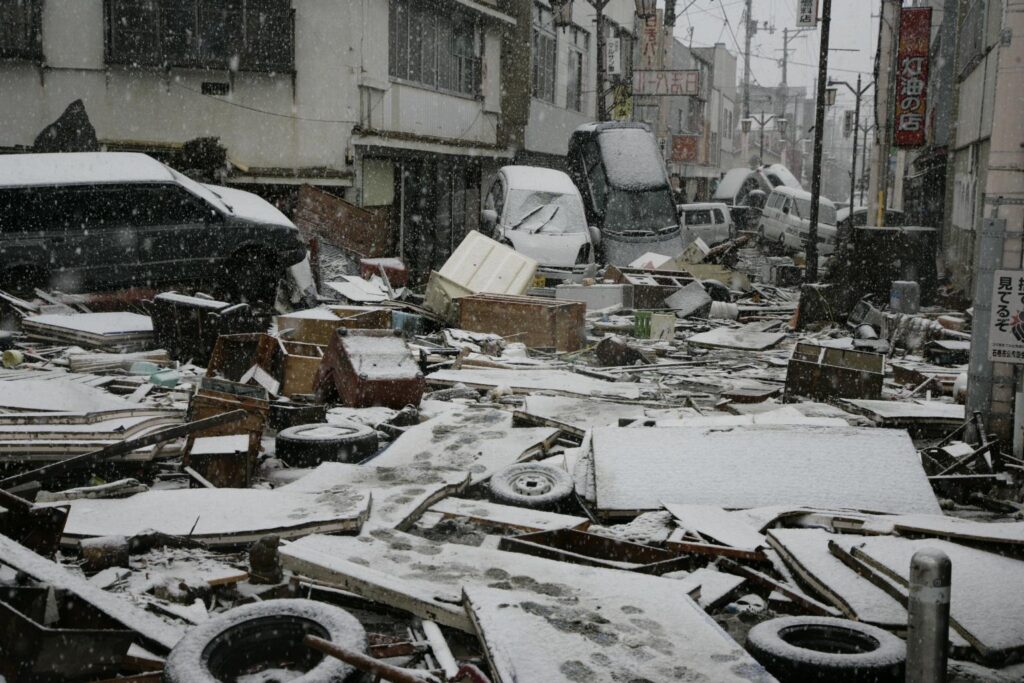
The 2011 disaster in Japan, which combined a devastating earthquake and subsequent tsunami, resulted in over 15,000 deaths and caused the Fukushima nuclear disaster. The scale of destruction was partly attributed to inadequate tsunami preparedness and underestimation of the risks by authorities. This catastrophe highlighted the importance of not only having emergency plans but ensuring these plans are based on accurate risk assessments and include robust evacuation strategies.
4. California Wildfires: The Fiery Wrath of Nature
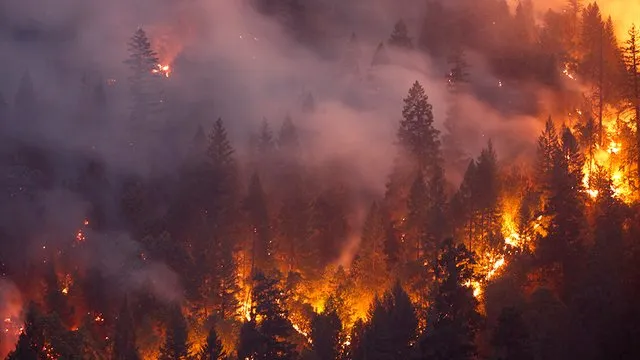
In recent years, California has witnessed some of the most destructive wildfires in its history. The Camp Fire of 2018, which claimed 85 lives, is a prime example of the deadly consequences of being unprepared. Many residents were caught off guard due to insufficient evacuation notices and a lack of personal readiness. The disaster emphasized the need for individual emergency plans, awareness of escape routes, and readiness for rapid evacuation.
5. The COVID-19 Pandemic: A Global Unpreparedness Crisis
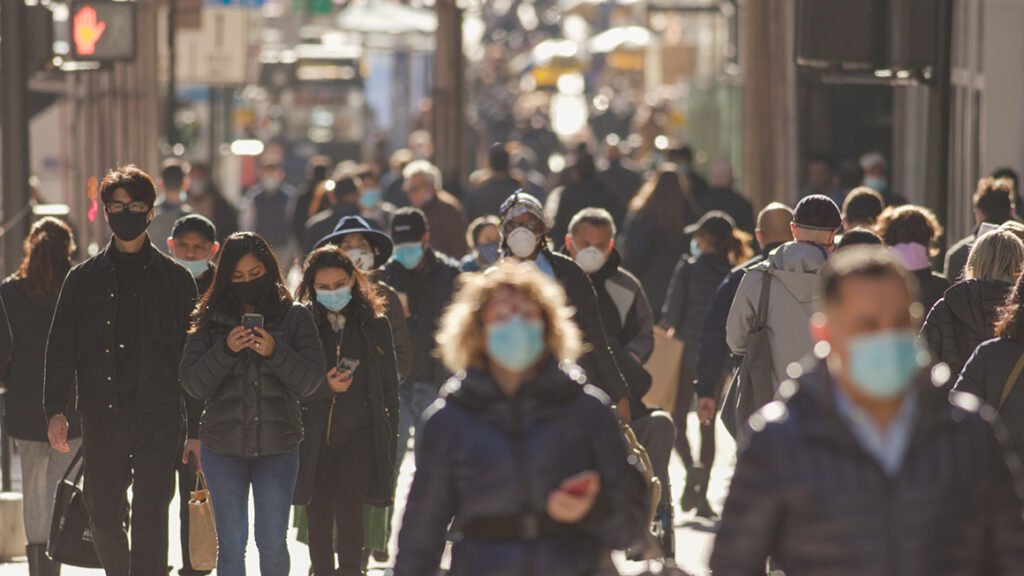
The COVID-19 pandemic serves as a global illustration of the costs of being unprepared for emergencies. The widespread impact on health systems, economies, and daily life highlighted the need for comprehensive emergency readiness at all levels. From individual preparedness in terms of health and supplies to governmental readiness in terms of healthcare infrastructure and crisis management, the pandemic underscored the multifaceted nature of being prepared.
Key Components of Emergency Readiness
Emergency readiness is a multifaceted concept that involves several critical components, each playing a pivotal role in ensuring safety and resilience during crises. The cornerstone of being adequately prepared includes having a well-stocked emergency kit, devising a robust family emergency plan, gaining a deep understanding of local hazards, and acquiring basic first aid and survival skills.
1. Emergency Kit: The Lifeline in Crises
A comprehensive emergency kit is essential for survival in the initial hours and days of a disaster. It should include necessities such as non-perishable food, water, a first aid kit, medications, flashlights, batteries, and important documents. Personalizing the kit to cater to the unique needs of each family member, including pets, ensures that no critical requirement is overlooked.
2. Family Emergency Plan: Unity and Clarity in Action

An effective family emergency plan is a blueprint for safety. It details how family members will communicate, where they will meet if separated, and the steps to take in different emergency scenarios. Regularly reviewing and practicing this plan ensures that each member knows their role, reducing chaos and panic during actual emergencies.
3. Understanding Local Hazards: Knowledge for Specific Preparedness
Awareness of local hazards – be it hurricanes, earthquakes, floods, or wildfires – enables targeted preparation. This involves knowing the community’s emergency response plans, evacuation routes, and local emergency services. Such knowledge empowers individuals to tailor their readiness strategies to specific threats.
4. First Aid and Survival Skills: Empowerment through Education
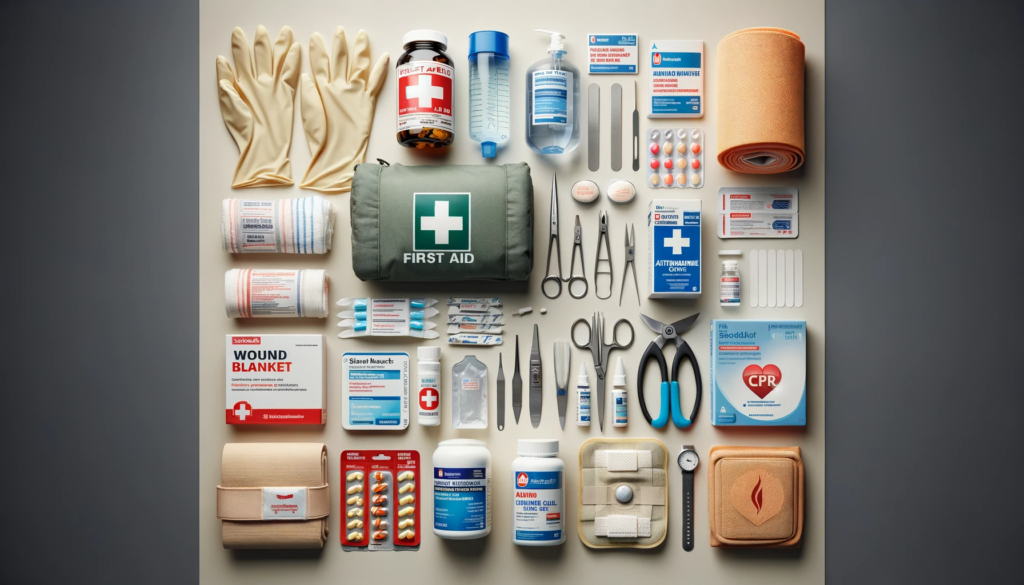
Basic first aid and survival skills are invaluable assets in emergencies. These skills can mean the difference between life and death while waiting for professional help. Training courses offered by organizations like the Red Cross or local community centers equip individuals with the expertise to handle injuries, perform CPR, and manage other critical situations.
In The End :
In summary, emergency readiness is not just about having supplies; it’s about having the right knowledge, plans, and skills. This comprehensive approach ensures that when faced with an emergency, individuals and families are not just reacting, but responding with informed, practiced, and effective measures.

